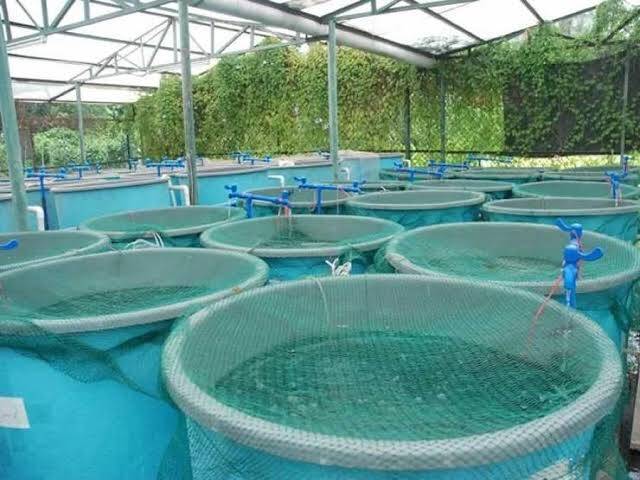Last updated on March 2nd, 2024 at 05:52 pm
This article focuses on list of problems facing fish farming in Kenya and their solutions. Fish farming, also known as aquaculture, is a thriving industry in Kenya that plays a crucial role in the country’s food security and economy.
The industry has grown significantly over the years, thanks to the government’s support and the increasing demand for fish products. However, fish farming in Kenya faces numerous challenges that threaten its sustainability.
In this article, we will discuss the list of problems facing fish farming in Kenya and their potential solutions.
Without further ado here is a list of problems facing fish farming in Kenya and their solutions:
1. High Cost of Production
The cost of fish farming in Kenya is high, making it difficult for small-scale farmers to invest in the industry. The high cost of production is attributed to the high cost of fish feeds, fertilizers, and other inputs required in fish farming. Additionally, the cost of building and maintaining fish ponds is also high. This makes it difficult for small-scale farmers to compete with large-scale fish farmers.
Solution: Government subsidies and loans can help reduce the cost of production for small-scale farmers. The government can also partner with private companies to provide affordable inputs to farmers.
2. Poor Quality Fish Feeds
The quality of fish feeds in Kenya is poor, which affects the growth and health of fish. Poor quality feeds also lead to high mortality rates and low productivity, which affects the profitability of farmers.
Solution: The government can regulate the quality of fish feeds in the market to ensure that farmers get quality feeds that will improve the growth and health of their fish. The government can also provide training to farmers on how to make their own feeds using locally available materials.
3. Limited Access to Markets
Fish farmers in Kenya face limited access to markets, which affects the profitability of their businesses. Most farmers sell their fish in local markets, which are often saturated, leading to low prices. Additionally, the country lacks a well-established export market for fish products.
Solution: The government can partner with private companies to establish a well-organized market system that connects farmers with buyers. The government can also create incentives for fish farmers to export their products, such as tax exemptions and subsidies.
4. Water Quality Issues
Water quality is crucial in fish farming, and poor water quality affects the growth and survival of fish. In Kenya, pollution and overuse of water resources have led to a decline in water quality, which affects fish farming.
Solution: The government can implement policies to protect water resources and reduce pollution. Farmers can also adopt sustainable farming practices, such as using natural fertilizers and reducing the use of chemicals.
5. Lack of Technical Expertise
Fish farming requires technical expertise and knowledge, which many farmers lack. This affects the productivity and profitability of their businesses.
Solution: The government can provide training and capacity building programs to farmers to improve their technical skills and knowledge. Private companies can also provide technical support to farmers.
6. High Cost of Electricity
Fish farming requires electricity for various activities such as pumping water, aeration, and lighting. The high cost of electricity in Kenya affects fish farmers’ profitability, making the industry less attractive.
Solution: The government can offer subsidies and incentives to fish farmers to reduce the cost of electricity. Farmers can also explore alternative sources of energy such as solar power to reduce their electricity bills.
In conclusion, fish farming in Kenya is a promising industry that can contribute to the country’s food security and economy. However, the industry faces numerous challenges that threaten its sustainability. Addressing these challenges requires a concerted effort from the government, private sector, and farmers. With the right policies, investments, and support, the problems facing fish farming in Kenya can be overcome, ensuring the industry’s growth and sustainability.
